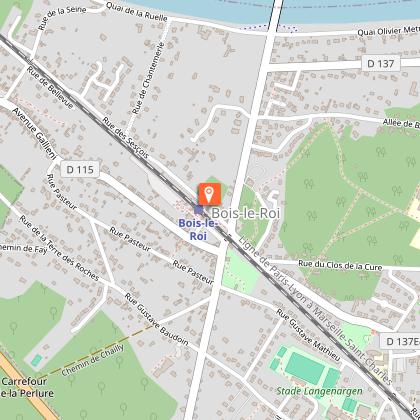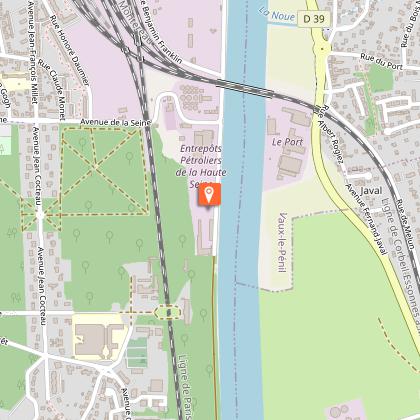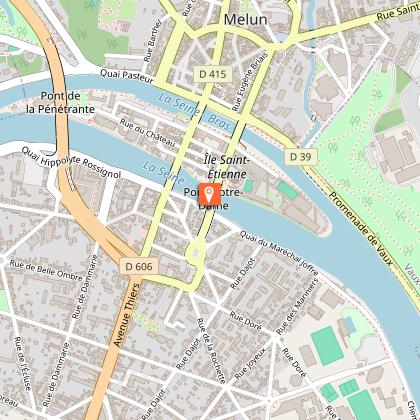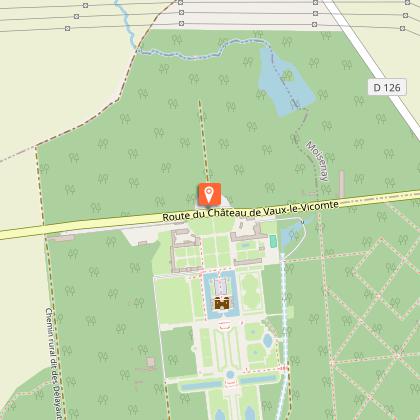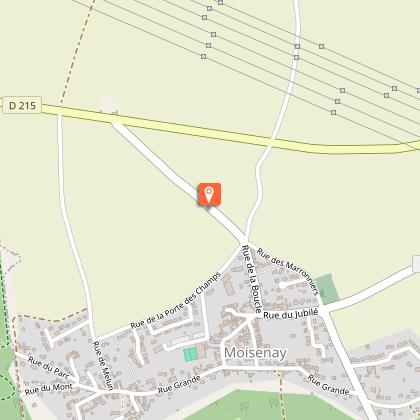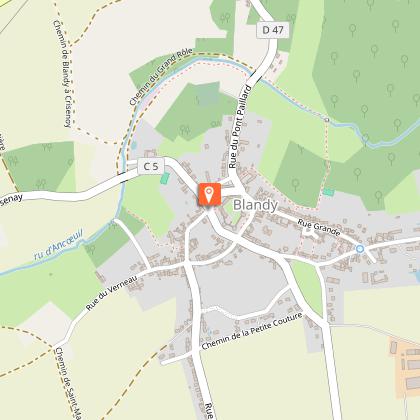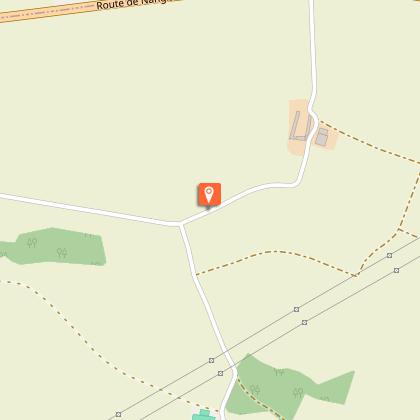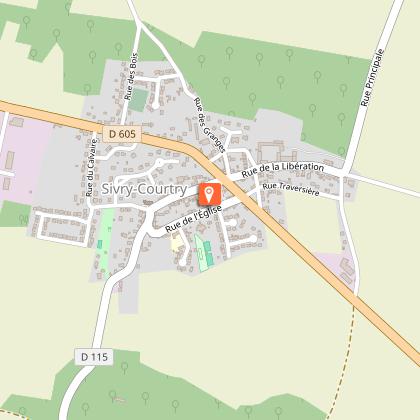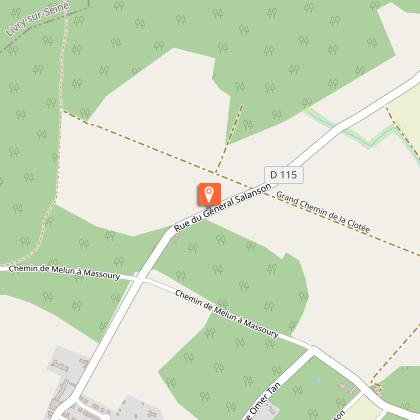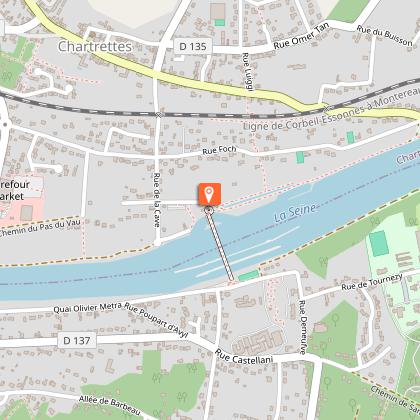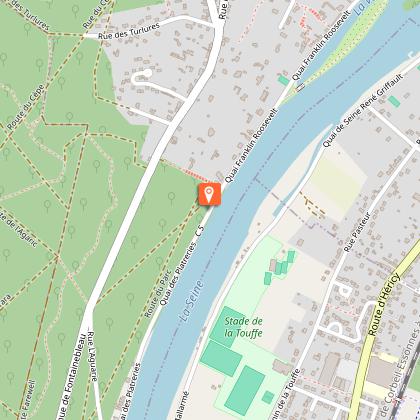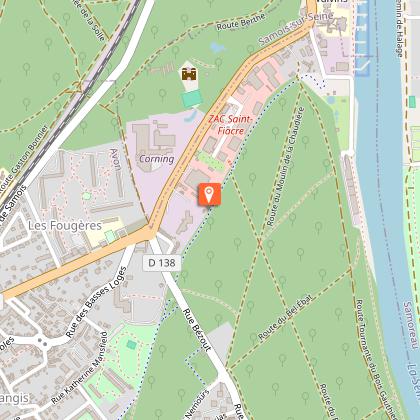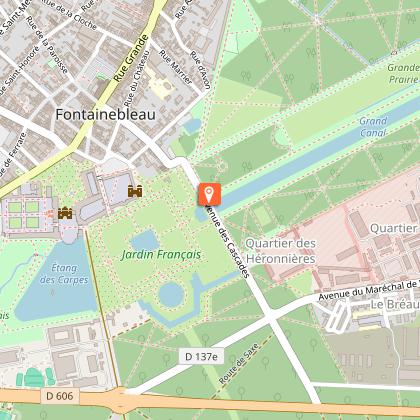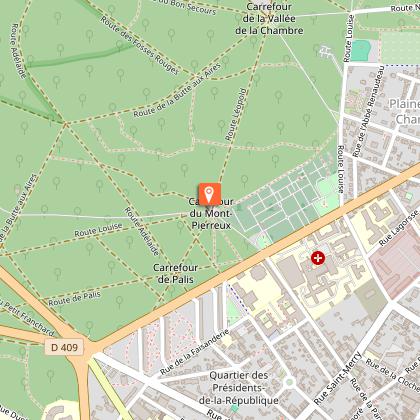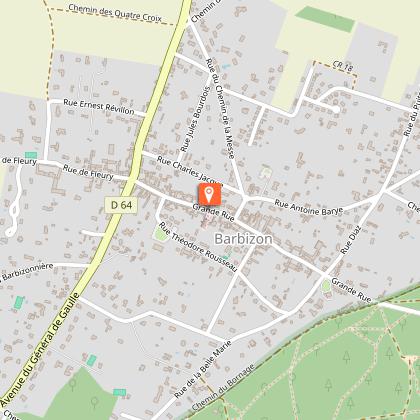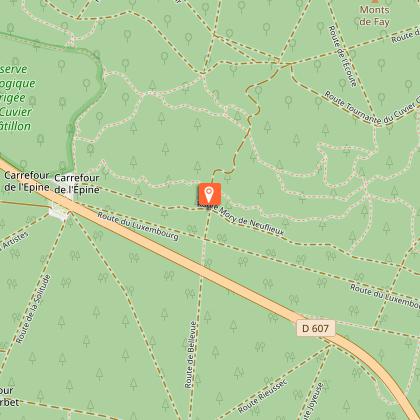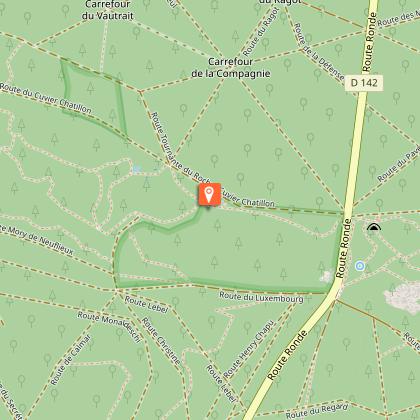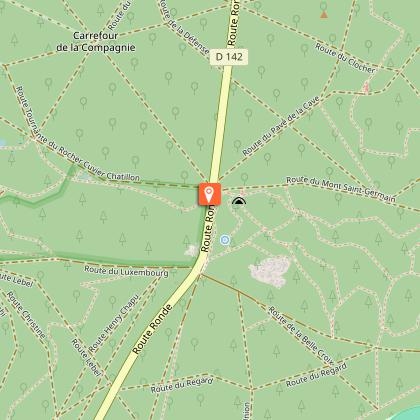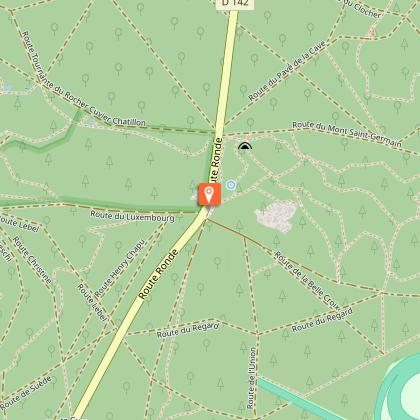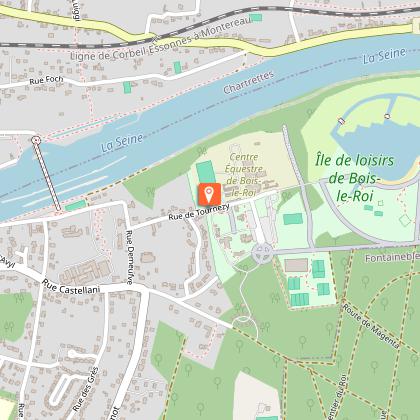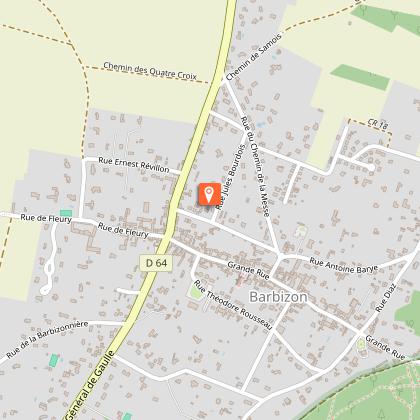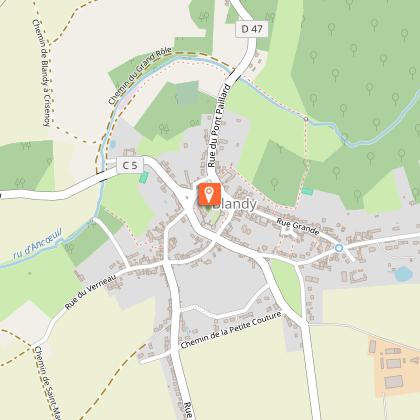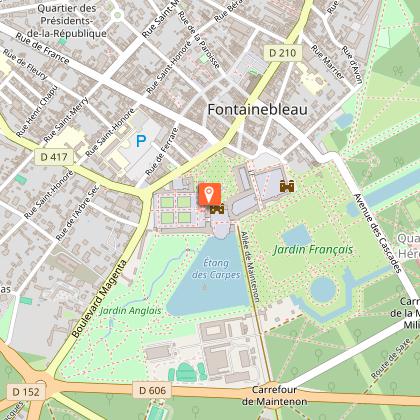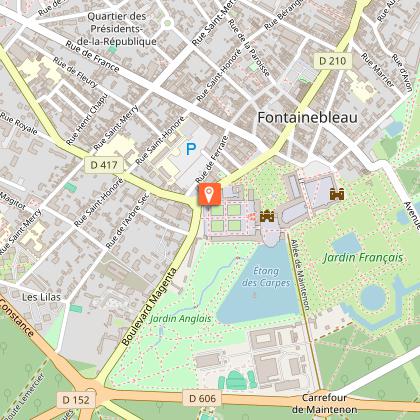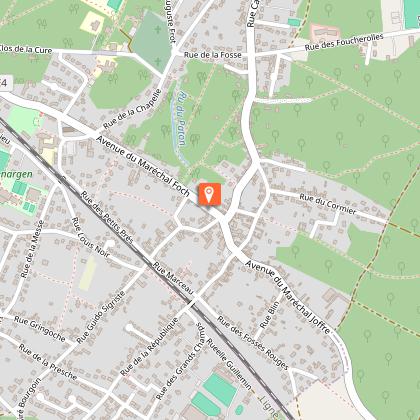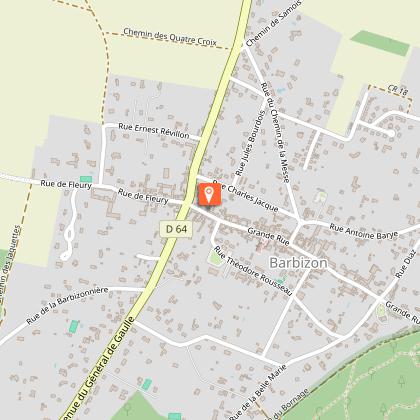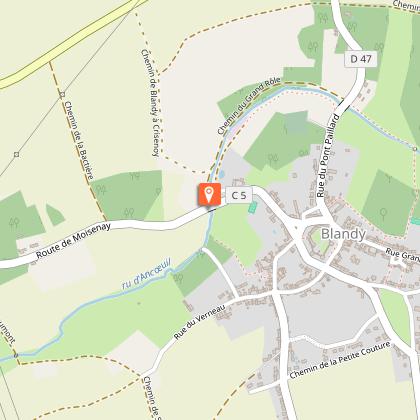Alert
Alerts
The three châteaux by bike










IGN cards



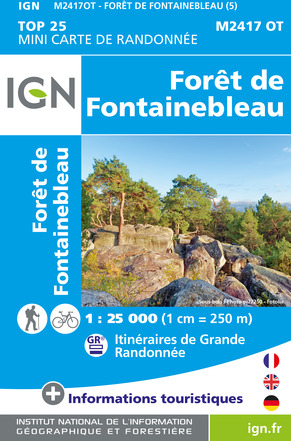
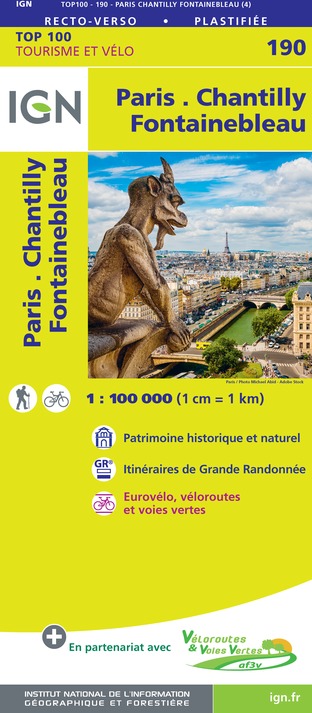
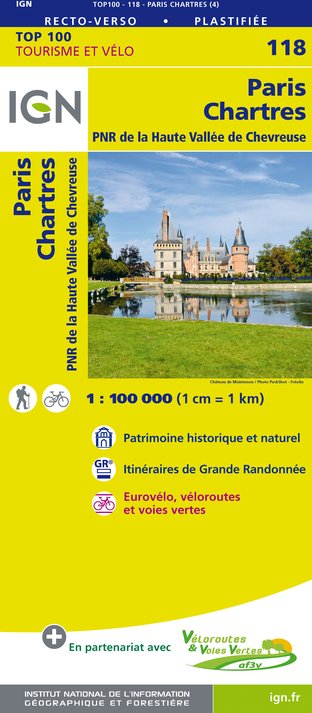

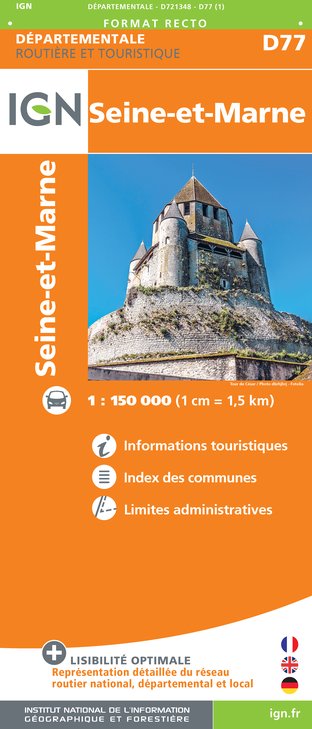
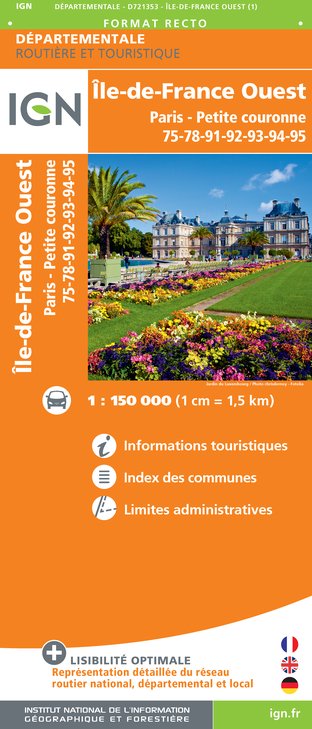
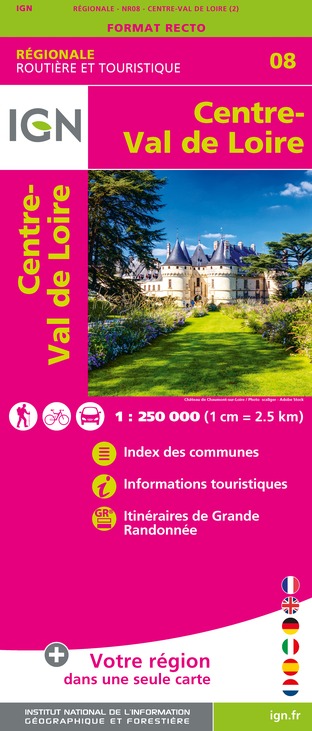


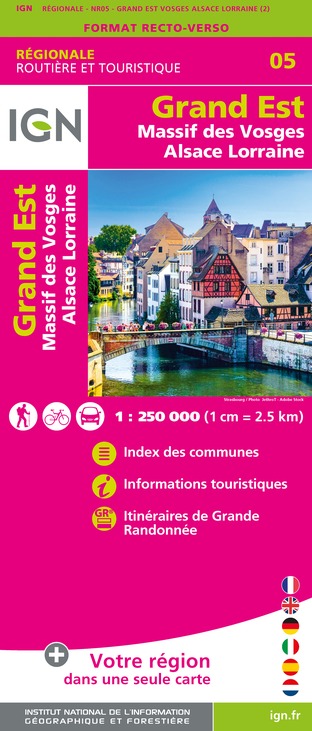
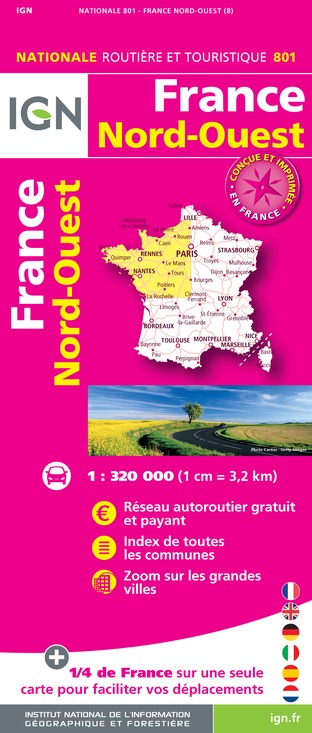

Description
A 2-day loop to discover 3 majestic châteaux – Fontainebleau, Vaux-le-Vicomte and Blandy-les-Tours – the Fontainebleau Forest and the painters’ village of Barbizon.
Perfect for a weekend of bicycling just outside Paris.
The northern section of this loop will lead you to three prestigious historic sites, from the banks of the Seine River on the edge of the Fontainebleau Forest to the Ancoeur Valley and its two fascinating châteaux: Blandy-les-Tours Castle with its medieval military architecture and sumptuous Vaux-le-Vicomte with its French formal garden. You’ll also admire picturesque villages and verdant landscapes of forests and fields.
However, please do be careful crossing certain heavily used roads, especially if cycling with children! This first northern section of the discovery loop is not recommended for children under 12 years of age.
The southern section of the “Three Châteaux Loop” will take you from Bois-le-Roi to Fontainebleau and its famous château, the former residence of French monarchs, for a sylvan excursion passing through the painters’ village of Barbizon before returning to Bois-le-Roi. The loop takes advantage of dedicated greenways passing through the forest for peaceful peddling.
This southern section is well suited to younger cyclists, but certain portions are not tarred/paved.
Technical Information
Altimetric profile
Starting point
Steps
Points of interest
Additional information
Updated by
Seine et Marne Attractivité - 12/12/2025
www.tourisme-seine-et-marne.fr/
Report a problem
Services for cyclists
Safety instructions and good practices: - Respect the French highway code and remain vigilant on and near all roads, particularly at intersections and when crossing départementales (secondary roads) and passing over bridges. To that end, carefully read the guide provided for each itinerary. - Wear a properly fitting helmet. At night and in bad weather, wear a fluorescent vest with reflective bands and carry a proper torch/flashlight. - Restrictions for children under 12: make sure that the loop you want to follow is well suited to your children. - After every picnic, leave no trash behind, and respect the wild flora and fauna. - Prior to departure, make sure that your smartphone or tablet is sufficiently charged. Consider taking along a charger. - If you happen to notice any anomaly while following an itinerary, please don’t hesitate to write us! We value all such observations and remarks.
Open period
All year round.
Contact
Phone : 01 60 39 60 39
Email : info@attractivite77.fr
Website :
https://baladnature77.cirkwi.com/#!page=circuit&id=50740&langue=fr
https://www.tourisme-seine-et-marne.fr/
Facebook : https://www.facebook.com/77VivreEnGrand
Data author

The Cirkwi brief
Embark on a two-day cycling adventure designed by Seine et Marne Attractivité that promises more than just a ride. Meandering through the northern reaches of the stunning Fontainebleau forest to the Val d'Ancoeur, this route unveils the grandeur of three historical chateaus - the medieval fortress of Blandy-les-Tours, the majestic Vaux-le-Vicomte, and the regal Fontainebleau. Coupled with a visit to the picturesque painters' village of Barbizon, this journey is not just about pedaling but experiencing the lush, green countryside dotted with enchanting villages. It's a narrative of history, art, and nature woven into the pedal strokes of your bicycle.
Brief Technical Overview
The "Three Castles Circuit" is a comprehensive 74.9km bike route with an elevation range between 39m and 140m. Riders should prepare for a total positive elevation gain of approximately 605 meters, indicating some challenging ascents. While the northern segment presents some busy road crossings requiring extra caution, particularly for those cycling with children under 12, the southern route promises a more serene experience with forest trails partially closed to traffic. However, it's worth noting that the entire path is not fully paved, posing an additional challenge especially for road bikes.
Seasonal Tips and Safety Advice
Regardless of the season, always check your bike's condition before setting off. Spring and autumn offer cooler temperatures and stunning natural beauty, making them ideal for this ride. High summer brings lush landscapes but also higher temperatures; ensure you carry plenty of water and sunscreen. Winter, while crisp and beautiful, may present icy paths; proceed with caution. Always wear a helmet, carry a basic repair kit, and ensure you have a means to contact emergency services. Given the route's occasional busy crossings, especially in the northern part, vigilance is paramount for safety.
Historical Significance of the Area
Bois-le-Roi, alongside its encompassing region, is steeped in rich historical and cultural significance. The area sits on the edge of the Fontainebleau forest, a royal hunting ground for French monarchs, symbolizing its long-standing connection with aristocracy and art. Each castle on the route - Fontainebleau, Vaux-le-Vicomte, and Blandy-les-Tours, offers a unique glimpse into France's architectural evolution and social history. Barbizon, the village of painters, sparked a revolutionary artistic movement in the mid-19th century, emphasizing the region's pivotal role in shaping French cultural landscape.
Regional Weather Patterns and Best Visit Times
The region experiences a temperate climate, with mild springs and autumns, warm summers, and moderately cold winters. The best times for embarking on this cycling journey are late spring (May to June) when the temperature is comfortable and the landscape is blossoming, and early autumn (September to October) when the heat subsides, and the forests display a vibrant palette of colors. Summer offers longer days; however, the heat can sometimes be intense, especially in the afternoons. Winter rides are feasible but require preparation for colder conditions and shorter daylight hours.
